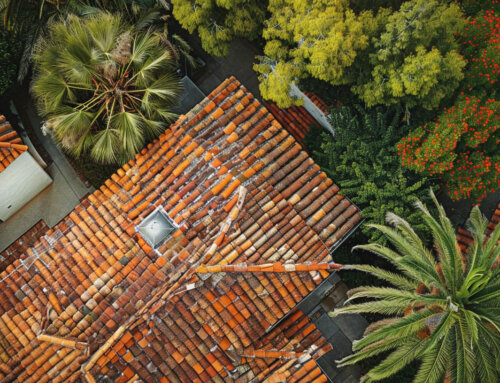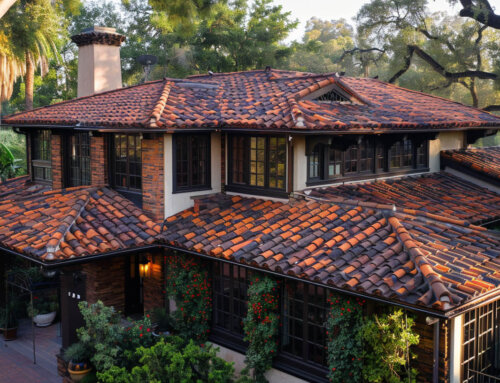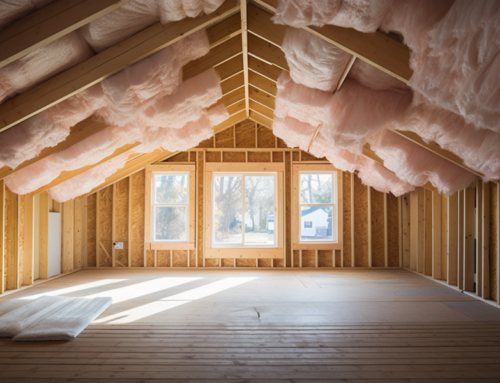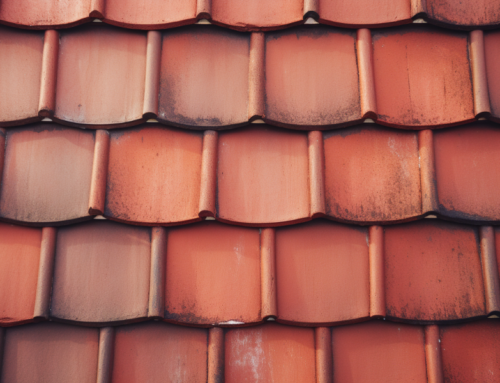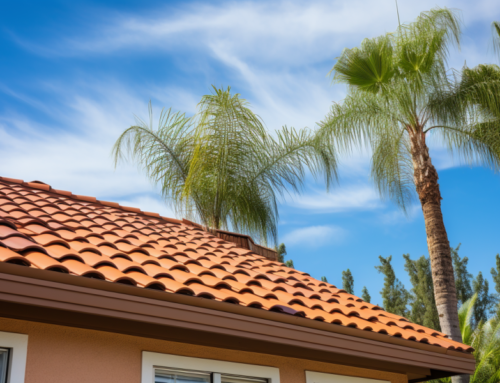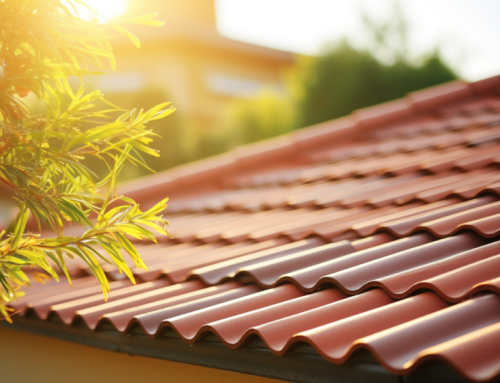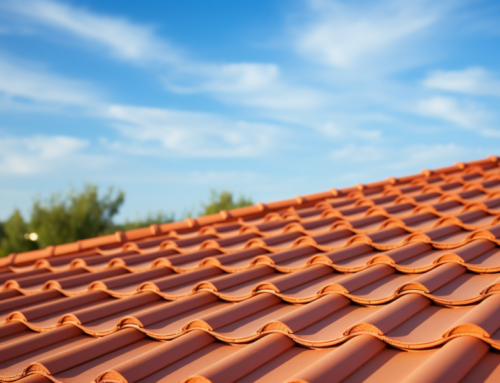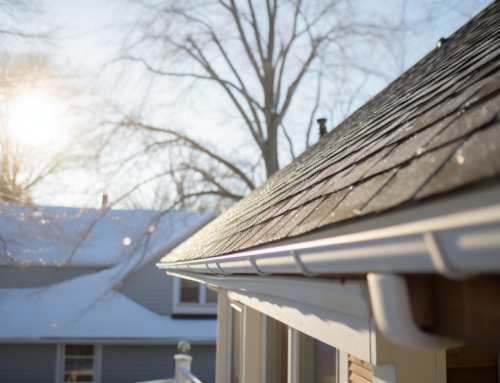When it comes to selecting the ideal roofing material for a commercial project, the choice often narrows down to two popular options: TPO (Thermoplastic Polyolefin) and PVC (Polyvinyl Chloride). Both materials have their unique strengths, making them suitable for various applications. At San Diego County Roofing & Solar, we understand the intricacies of these materials and aim to shed light on their differences, benefits, and how to choose between them.
TPO Roofing: An Overview
TPO is a prevalent choice for low-slope roofs. This single-ply membrane system is a blend of polypropylene and ethylene-propylene rubber. Enhanced with UV light inhibitors, pigments, flame retarders, and biocides, TPO sheets deter mold, bacteria, and pests.
These sheets, available in rolls ranging from 6-16 feet in width, are heat-welded at the seams, ensuring a robust bond. They can be mechanically attached, adhered, or ballasted. Notably, TPO is waterproof, though it can be slippery when wet. It’s available in various thicknesses and colors, catering to diverse aesthetic and functional needs.
PVC Roofing: A Deep Dive
PVC roofing materials, like TPO, are a common choice for low-slope roofs. Comprising two layers of PVC with a polyester reinforcement scrim sandwiched between, the top layer is enhanced with UV-resistant additives. The bottom layer, typically darker, contains plasticizers that augment the material’s flexibility.
PVC seams are heat-welded, similar to TPO. An added feature is the option to weld a rib to the seams, giving it the appearance of a standing seam roof system. PVC membranes are waterproof, but caution is advised as the surface can be slippery when wet.
Contrasting TPO and PVC Roofing Systems
While PVC roofing membranes have been in the market for over six decades, TPO roofs made their debut about 30 years ago. Here are some distinguishing features:
- Chemical Resistance: PVC roofs excel in chemical resistance, remaining non-reactive to most substances. In contrast, TPO membranes might react to specific chemicals like oil or exhaust from grease traps.
- Fire Resistance: Both materials meet the fire resistance standards set by recognized institutions.
- Material Strength: In terms of tear strength, TPO, with a measure of 55 lbf, surpasses PVC, which stands at 45 lbf. Additionally, TPO boasts a higher break strength.
- Lifespan and Cost: While the average commercial roof lasts 17 years, both TPO and PVC roofs, when properly installed and maintained, can exceed this lifespan. However, TPO roofing systems are generally more cost-effective than PVC membranes.
Benefits at a Glance
TPO Systems:
- Flexibility in colder temperatures.
- High UV resistance, leading to reduced heat absorption and potential energy savings.
- Potential contributions toward LEED credit qualifications.
- Durability against chemicals, mold, and physical damage.
- Availability of extended warranties.
PVC Systems:
- Availability of long-term warranties.
- Exceptional chemical and fire resistance.
- Recyclability of the material.
Making the Right Choice: TPO or PVC?
Several factors influence the selection of the right roofing system. The current state of your roof, existing structures, building location, and its current and future usage are all crucial considerations. For instance, if your building houses temperature-sensitive inventory or requires specific ventilation systems, energy efficiency becomes paramount. Similarly, local climate, hazards, and building codes play a significant role in the decision-making process.
At San Diego County Roofing & Solar, we pride ourselves on our expertise and commitment to ensuring our clients make informed decisions. Whether you’re considering TPO or PVC, or any other roofing solution, our team is here to guide you every step of the way.



